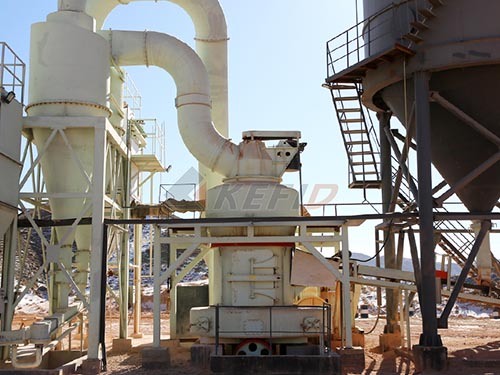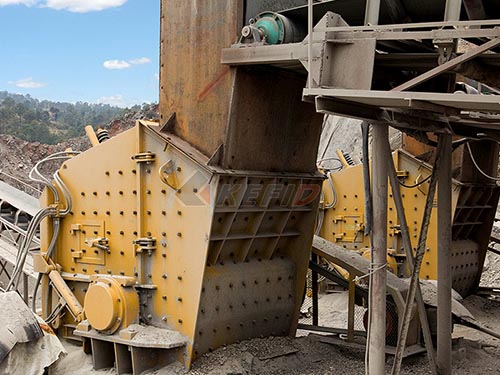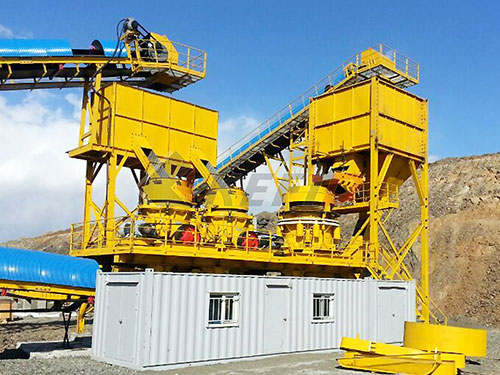The Engineering Powerhouse: Production Technology for the 75-Ton Portable Cone Crusher

Introduction: The Demand for Mobile Crushing Dominance
The modern aggregates, mining, and recycling industries operate in a landscape defined by efficiency, flexibility, and stringent environmental considerations. Stationary crushing plants, while powerful, often lack the agility to move with projects or capitalize on dispersed resources. This is where the technological marvel of the portable cone crusher steps in, particularly the formidable 75-ton class. Representing a significant leap in mobile processing capability, these machines blend high-capacity crushing power with unprecedented mobility. The production technology behind these behemoths – encompassing mechanical design, material science, advanced hydraulics, intelligent control systems, and robust structural engineering – is a fascinating study in overcoming complex challenges to deliver performance where it’s needed most. This article delves deep into the intricate production technologies that bring a reliable and high-performing 75-ton portable cone crusher to life.
1. Defining the 75-Ton Portable Cone Crusher

A portable cone crusher in this weight class is not merely a cone crusher mounted on wheels or tracks; it is an integrated processing plant designed for rapid deployment and high-volume production. characteristics include:
High Capacity: Designed to process hard rock (granite, basalt), abrasive materials, and recycled concrete at rates typically ranging from 200 to over 500 tons per hour (tph), depending on feed size and material characteristics.
True Mobility: Built on robust crawler tracks or multi-axle wheeled chassis specifically engineered to handle the immense weight (approx. 75 tons / 68 metric tonnes) and dynamic forces generated during crushing and transport.
Integrated Systems: Combines a high-performance cone crusher with essential peripherals: vibrating grizzly feeder or pan feeder, integrated product conveyors (often multiple), pre-screening modules (optional but common), power unit (diesel-electric or direct diesel hydraulic), sophisticated control system cabin, dust suppression systems, and hydraulic leveling/stabilization.
Rapid Setup/Dismantle: Engineered for quick assembly at a new site using hydraulic systems for component unfolding and setup.
Self-Sufficiency: Incorporates its own power source (large diesel engine(s)) and operational controls.
2. Core Production Technologies: Building the Beast
The creation of such a complex machine involves mastering numerous advanced production technologies:
2.1. Structural Fabrication & Heavy-Duty Chassis Construction:

Leave a Reply